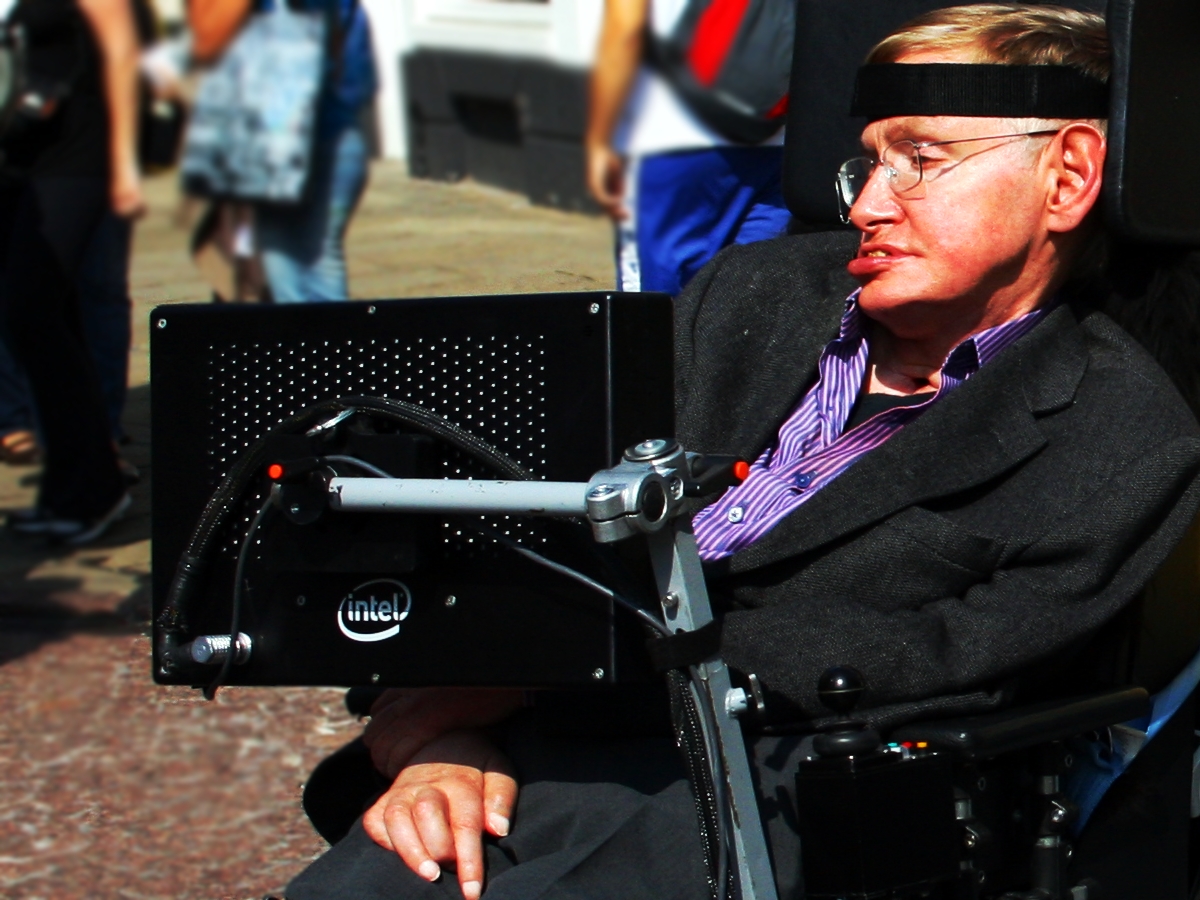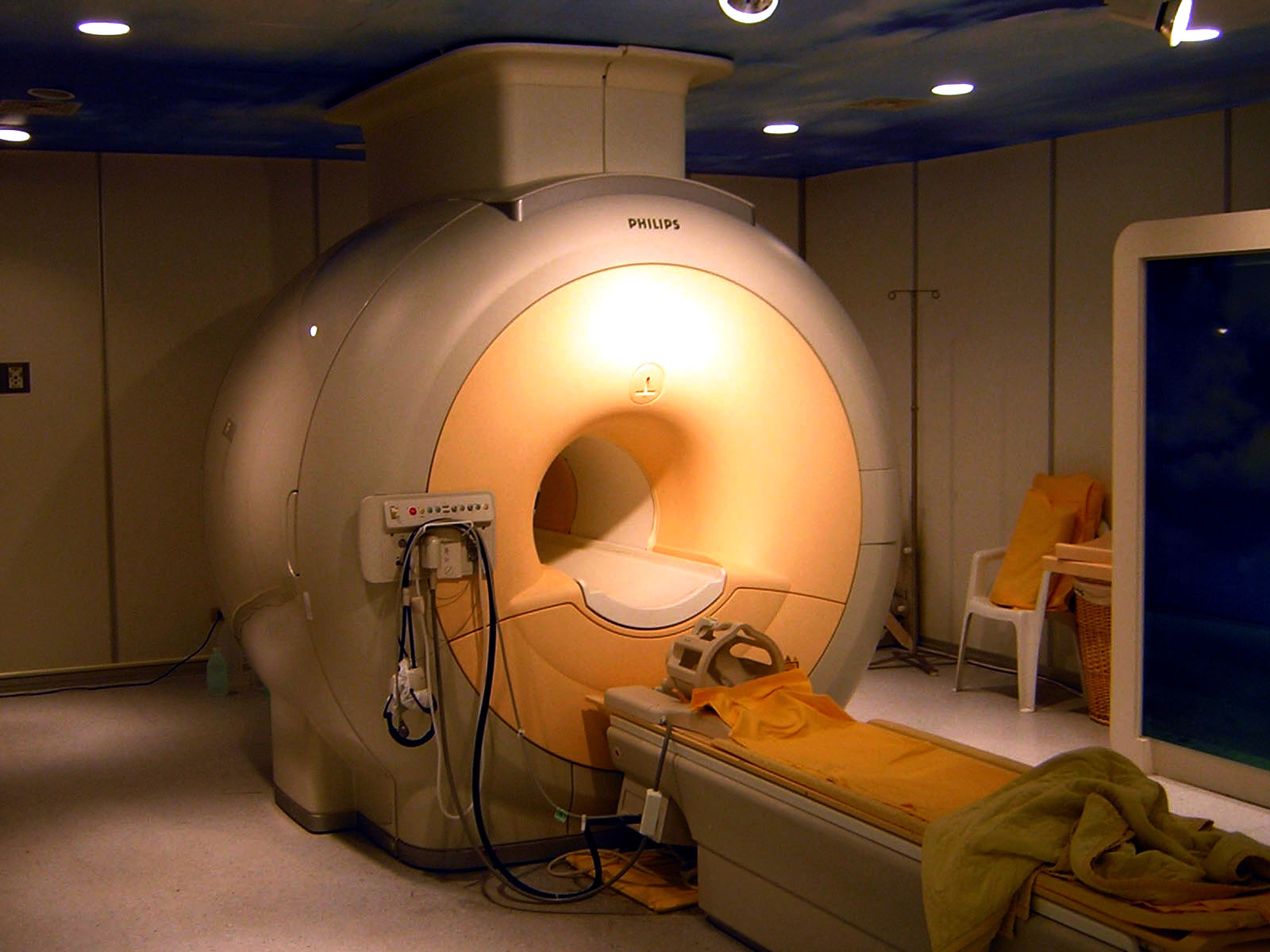AI reads thoughts and converts them into text
For the first time, an AI has succeeded in converting the brain patterns of words into text.
Contents
Dream reader
More than a decade ago, California researchers succeeded in translating the brain waves associated with certain images in dreams into images. The organization of each brain is unique. That is why the “image reader” must be trained per person. Usually this takes many hours. The test subject has to look at thousands of different images, so that the corresponding brain waves can be found.
Brain patterns translated into words
Words go a little faster. There are several thousand commonly used words and an AI can therefore learn to recognize the associated brain waves fairly quickly. The technique used by the team of Jerry Tang, Amanda LeBel, Shailee Jain and Alexander Huth was functional magnetic resonance imaging, fMRI. The subject heard thousands of words in a podcast for a total of 16 hours. The MRI patterns associated with this were recorded by the team.
fMRI uses an extremely strong magnetic field, into which (in this case) the subject’s head is placed. All hydrogen nuclei are rectified by a pulse and they slowly jump back. This releases radio waves, which can be used to observe the parts of the brain that consume a lot of oxygen and have a high blood flow.
Although fMRI is very accurate, down to the millimetre, the time interval is long: two to five seconds. Usually we speak at a speed of around 120 words per minute. Using fMRI, texts can only be read very slowly (12-30 words per minute).
Because it was known exactly when the test subjects heard which word, the team succeeded in linking words to brain patterns. The key question afterwards was, of course, whether they would succeed in translating new brain patterns into words. This eventually turned out to be successful, they succeeded in reconstructing exactly the text that the test subject had heard on the basis of a new series of brain patterns.
What is the practical use of this discovery?
Paralyzed patients who can no longer speak, think of Stephen Hawking in the last years of his life, could still have conversations in this way. This, by thinking words, which can be read by an MRI scanner. An MRI scanner is an extremely bulky and extremely expensive device. So unless we discover practically applicable superconductors at room temperature, this technique has only limited applicability.
The researchers are therefore already working on a successor that uses a different technique, functional near-infrared spectroscopy (fNIRS). This technology also measures blood flow, but fNIRS simply measures the thermal radiation from the skull, which can be done with much cheaper, and also portable, equipment.

Ethical issues
Die Gedanken sind frei, but that changes when techniques are introduced to read minds involuntarily. Such techniques naturally arouse the interest of secret services and totalitarian regimes. Fortunately, each person’s brain patterns are unique, and a system must be trained extensively, with the participation of the subject, before it is possible to read minds.
So with this state of the art, the chance is -yet- not so great that this technique can be abused. That will change as the equipment gets better. You can also imagine that secret services constantly expose their victims to spoken texts while they are at the measuring equipment.
No one is able to control her or his thoughts day and night. Certainly not when someone is sleeping – even then you will still hear spoken text. As often, technology is a double-edged sword here. Paralyzed people can be released from their isolation, but scary totalitarian regimes and criminal gangs may eventually abuse this technique.



